By Christopher Miskimon
Pax Romana: War, Peace and Conquest in the Roman World
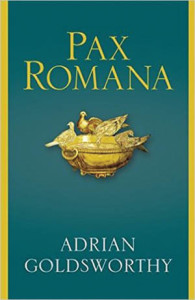 (Adrian Goldsworthy, Yale University Press, New Haven, CT, 2016, 513 pp., maps, illustrations, notes, bibliography, index, $32.50, Hardcover)
(Adrian Goldsworthy, Yale University Press, New Haven, CT, 2016, 513 pp., maps, illustrations, notes, bibliography, index, $32.50, Hardcover)
The Pax Romana is widely thought of as a period of relative peace that the Romans enforced at the point of a sword. This is misleading, however, as the Romans maintained their empire through warfare, dominance and enslavement. Romans fought conflicts against external opponents, internal rebellions and sometimes against each other. There was no plan to create the empire; rather, it grew over centuries as the warlike Romans pushed outward wherever opportunity appeared. They neither made a secret of their plans nor pretend their goals were anything other than the benefit of Rome. Thus they built their empire into the most powerful in the world for the time.
War was so central to Roman lives that a book about their military history is very nearly a work on their civilization itself. The author brings that concept to vivid life through attention to even the smallest details and a flowing prose that keeps the work from bogging down. Each of the empire’s major enemies is given attention; many chapters concentrate on a particular leader while still telling the larger story of his campaigns, victories, and defeats. This subject has been covered countless times in previous works, but this edition is truly a fresh perspective on the Roman war machine.
Wings of Valor: Honoring America’s Fighter Aces
 (Nick Del Calzo and Peter Collier, Naval Institute Press, Annapolis, MD, 2016, 264 pp., photographs, bibliography, $50.00, Hardcover)
(Nick Del Calzo and Peter Collier, Naval Institute Press, Annapolis, MD, 2016, 264 pp., photographs, bibliography, $50.00, Hardcover)
Fighter aces are a dying breed, but through no fault of their own. The changing nature of warfare has led to distant fights using long-range missiles and advanced technologies that almost completely eliminate the need for proficiency in dogfights. The men who have earned the sobriquet of ace are fast becoming scarce. Those yet living who attained this deadly achievement flew in World War II, Korea, and Vietnam; a few even flew in all three. Their stories are of daring, courage, and aggression.
The stories of 82 aces are included in this new book. Each chapter details their origins, entry into service, and wartime experiences. Their battles and the aircraft they flew are described in detail. In their own words, they talk of what they learned and felt while fighting America’s war in the world’s skies. The authors conducted extensive interviews and combined images of the aces as young men with how they appear now. The result is a fitting tribute to these capable men, their bravery, and their sacrifices.
The Projects of Skunkworks: 75 Years of Lockheed Martin’s Advanced Development Programs
 (Steve Pace, Voy-ageur Press, Minneapolis, MN, 2016, 256 pp., photographs, appendices, bibliography, index, $40.00, Hardcover)
(Steve Pace, Voy-ageur Press, Minneapolis, MN, 2016, 256 pp., photographs, appendices, bibliography, index, $40.00, Hardcover)
From World War II throughout the Cold War, the United States needed exceptional fighters, reconnaissance aircraft, and other warplanes. Lockheed Corporation was at the forefront of aviation technology. It designed and built cutting-edge aircraft in its advanced projects department, which became known as the Skunkworks. Beginning with the famous P-38 Lightning, Lockheed went on to design such classic combat planes as the P-80 Shooting Star and F-104 Starfighter. In the realm of reconnaissance, the Skunkworks succeeded admirably with the U-2 and SR-71 Blackbird.
This coffee table book, which covers 70 years of bleeding-edge aviation technology, is beautifully laid out with a combination of photographs, artwork, line drawings, and technical tables. The text is informative and detailed, and the artwork is visually spectacular. The volume is encyclopedic in nature and furnishes exhaustive coverage of the designs. Some of the designs included in the book are relatively unknown even today.
Great Battles: Culloden
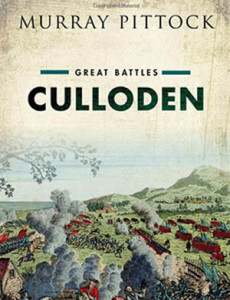 (Murray Pittock, Oxford University Press, Oxford, UK, 2016, 256 pp., maps, illustrations, notes, bibliography, index, $39.95, Hardcover)
(Murray Pittock, Oxford University Press, Oxford, UK, 2016, 256 pp., maps, illustrations, notes, bibliography, index, $39.95, Hardcover)
Culloden is one of the most significant battles in British history, but it lasted less than an hour and involved only 15,000 troops on both sides. The forces of the king of England met an opposing force of Jacobites supporting the claim of Prince Charles Edward Stuart. The Jacobites charged the English line but were repulsed and routed. The clash was the last battle on British soil that contained regular troops on both sides, as well as the last legitimate challenge to rule of the United Kingdom. Following the victory, Great Britain went on to establish a global empire that lasted until the 20th century.
This new addition to Oxford’s Great Battles Series covers not only the battle itself, but also the factors that led up to it and its influence on later events. It is a concise yet very complete retelling of the famous engagement. The book is wonderfully illustrated with a number of contemporary images and modern photographs of the terrain. The author is an expert on the Jacobites and his knowledge and attention to detail show through in this edition.
Fighting for the Empire: An Irish Doctor’s Adventures Through Imperial Campaigns and Two World Wars
 (David Worsfold, Sabrestorm Publishing, Kent UK, 2016, 240 pp., photographs, bibliography, index, $32.95, Hardcover)
(David Worsfold, Sabrestorm Publishing, Kent UK, 2016, 240 pp., photographs, bibliography, index, $32.95, Hardcover)
Thomas Bernard Kelly was a doctor from Galway, Ireland, who served the British Empire for almost 50 years. He joined the Medical Service in 1896 and initially was posted to the Northwest Frontier. During that time, he became one of the first Westerners to enter the sacred Tibetan city of Lhasa. In World War I, he served in the Middle East and participated in the siege of Ottoman-held Kut Al Amara in Mesopotamia. Immediately afterward, he served in the Third Afghan War in 1919. Military service continued to beckon to him, and in World War II the 69-year-old volunteered to serve with the Royal Navy. When the service turned him away, he became a ship’s doctor on a merchant vessel.
This biography is a detailed look at a normal man who led an unusual life. The book contains many of his personal photographs and images of places he was stationed over the years. The chapters are organized around the exotic locales where he served, such as snow-covered Himalayan Mountains and the scorching deserts of Mesopotamia. The result is a fascinating look at one man’s travels through the last decades of the British Empire.
The Campaigns of Sargon II King of Assyria, 721-705 B.C.
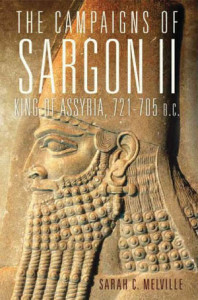 (Sarah C. Melville, University of Oklahoma Press, Norman, 2016, 300 pp., illustrations, appendices, notes, bibliography, index, $32.95, Hardcover)
(Sarah C. Melville, University of Oklahoma Press, Norman, 2016, 300 pp., illustrations, appendices, notes, bibliography, index, $32.95, Hardcover)
Sargon II, the King of Assyria, wanted to vanquish the King Rusa of Urartu, so he invaded Urartu in 714 bc. Showing no concern for protecting his flanks or rear, or for Rusa’s elite Urartian cavalry and chariots, Sargon led his troops in a frontal charge at the Battle of Lake Urmia in 714 bc. The charge routed the Urartians. Rusa fled in a chariot, but the Assyrians fired arrows, killing his horses. Rusa had no other option but to mount a mare and ride away in disgrace. Rusa returned to Tushpa, his capital city, and prepared to defend it against further advances by Sargon and his army, which proceeded to plunder the surrounding area.
This work is Volume 55 in the publisher’s Campaigns and Commanders Series. It offers a detailed look at the life of Sargon II and his powerful army. The author draws on extensive resources, including Sargon’s letters, archival records, and even cuneiform inscriptions and monuments. This book puts Sargon’s life in context by discussing at length the Near Eastern world within in which he lived.
Instrument of War: The German Army 1914-18
 (Dennis Showalter, Osprey Publishing, Oxford, UK, 2016, 328 pp., photographs, notes, bibliography, index, $30.00, Hardcover)
(Dennis Showalter, Osprey Publishing, Oxford, UK, 2016, 328 pp., photographs, notes, bibliography, index, $30.00, Hardcover)
Many military historians regard the German Army of World War I as the finest of its time. It was a conscript force with deep reserves, solid training, and sound leadership. In the run up to World War I, the Germans developed a strategic plan designed to achieve a quick, decisive victory over France, Russia, and any Allied nation that stood with them.
Despite these intentions, Germany lost the war. Warfare was changing dramatically, and the Germans failed to keep pace with those changes. Moreover, the Germans failed to make the most of their success. In the end, they were beaten on the battlefield.
Renowned military historian Showalter has done an exemplary job with this topic. He covers in great detail the major campaigns on both European fronts in World War I, as well as Africa and the Middle East. His prose is crisp, his research is impeccable, and his attention to detail is impressive. This book stands out as a complete, one-volume history of the German Army during the Great War.
The American Sharpe: The Adventures of an American Officer of the 95th Rifles in the Peninsular and Waterloo Campaigns
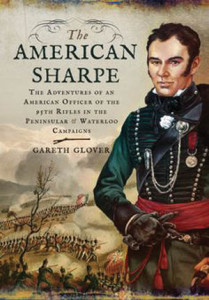 (Gareth Glover, Frontline Books, Yorkshire UK, 2016, 260 pp., photographs, notes, index, $39.95, Hardcover)
(Gareth Glover, Frontline Books, Yorkshire UK, 2016, 260 pp., photographs, notes, index, $39.95, Hardcover)
Born in Charleston, South Carolina, in 1792, James Penman Gairdner was part of a plantation-owning family. In 1804 he was sent to England, where he lived with an aunt who cared for him while he attended school at Harrow until 1809. Afterward, rather than return to America and take up the life of a merchant or farmer, he obtained a second lieutenant’s commission without purchase in the famous 95th Rifles, an elite unit of the British Army. Two years later he was promoted to first lieutenant, his first and last advancement. In January 1812 he arrived at Cuidad Rodrigo and just had time to join in its capture. He was wounded at the siege of Badajoz, fought in several more battles, and was wounded again before seeing action at the last battle of the war, Toulouse in 1814. His father feared he might be sent to fight against America in the ongoing War of 1812, but instead he fought at Waterloo, receiving yet another wound and spending three years on occupation duty. Only then did he return home to a peaceful life.
This chronicle of an American who fought for Britain gives a unique perspective on the Napoleonic Wars. It contains the author’s historical research mixed with Gairdner’s own words in the form of his diaries and writings and gives the reader a look at the conflict through the eyes of a junior officer.
The Swamp Fox: How Francis Marion Saved the American Revolution
 (John Oller, Da Capo Press, Boston, MA, 2016, 368 pp., maps, illustrations, notes, bibliography, index, $26.99, Hardcover)
(John Oller, Da Capo Press, Boston, MA, 2016, 368 pp., maps, illustrations, notes, bibliography, index, $26.99, Hardcover)
Francis Marion was a hero of the Southern Theater of the American Revolution. He led a small band of guerrilla fighters in South Carolina against the better supplied regulars of the occupying British Army. Though badly outnumbered, he had repeated successes against his more numerous opponents through classic asymmetrical tactics—ambushes, raids, and hit and run attacks. Along the way Marion fought or worked with many of the most famous persons or the war, such as Banastre Tarleton, Lord Cornwallis, Thomas Sumter, and Light Horse Harry Lee. Many celebrated him as the “Washington of the South,” crediting him with liberating South Carolina during the critical last phase of the Revolutionary War. He was a patriot in the truest sense of the word and his legacy has survived to the present day in books, television, and film.
This is the first biography of Francis Marion to be published in 40 years; it benefits from new research and seeks to show the reader the true man, cutting away all the myths and embellishments that have grown around him over the intervening centuries. It places Marion’s efforts within the greater context of the war and shows how they contributed to victory, giving the reader an understanding of why he deserves the appellation of hero in American history.
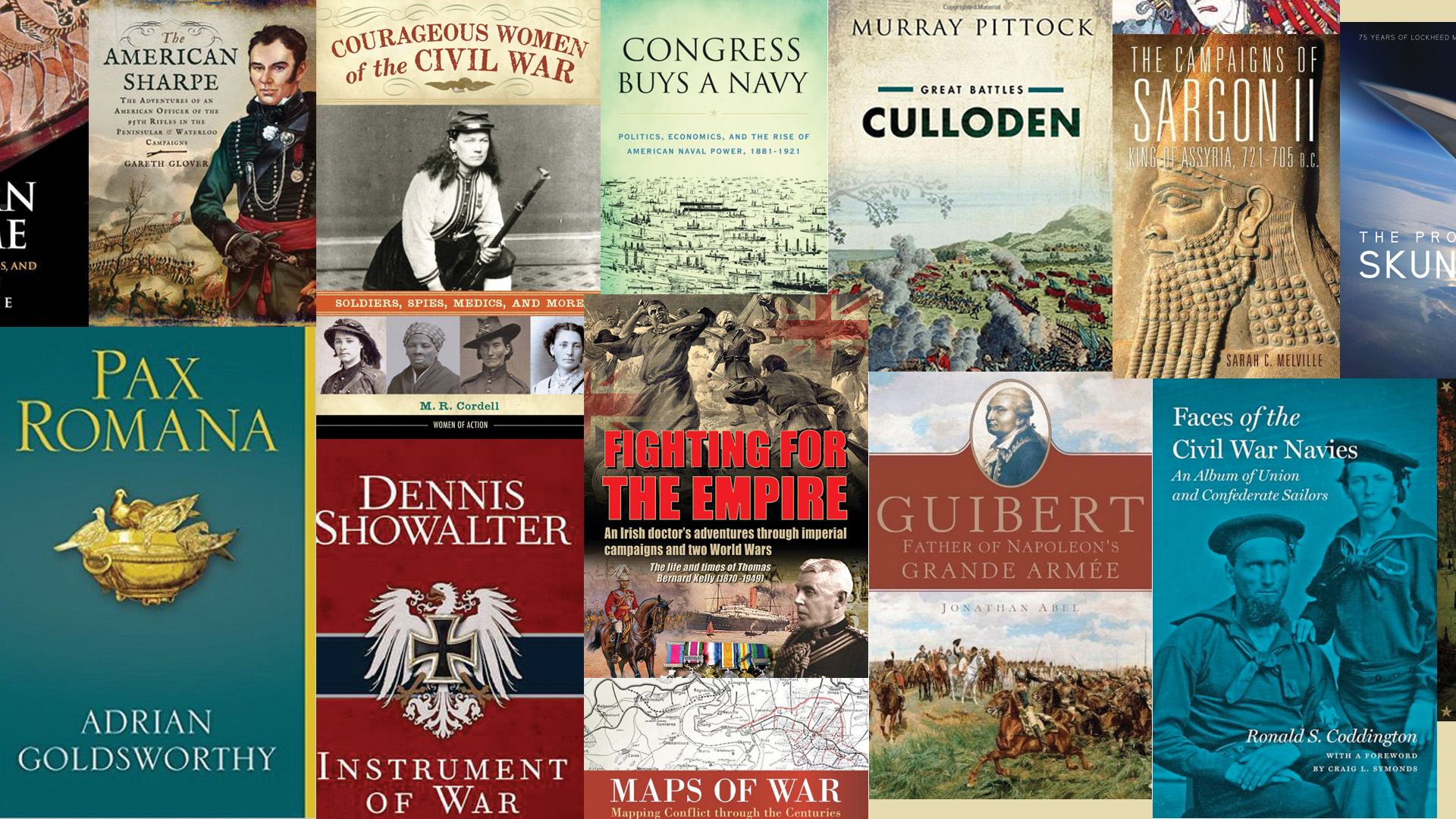
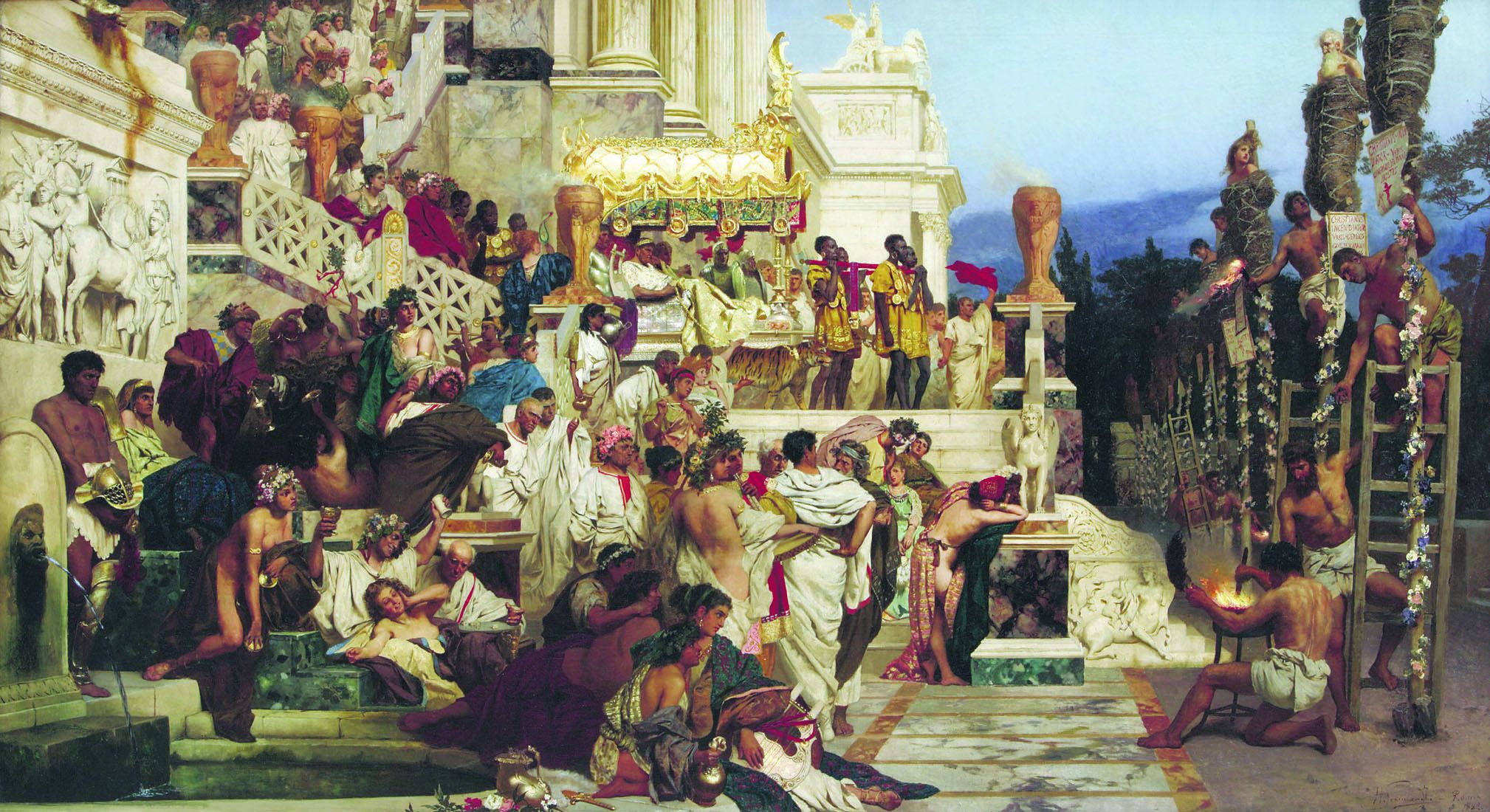
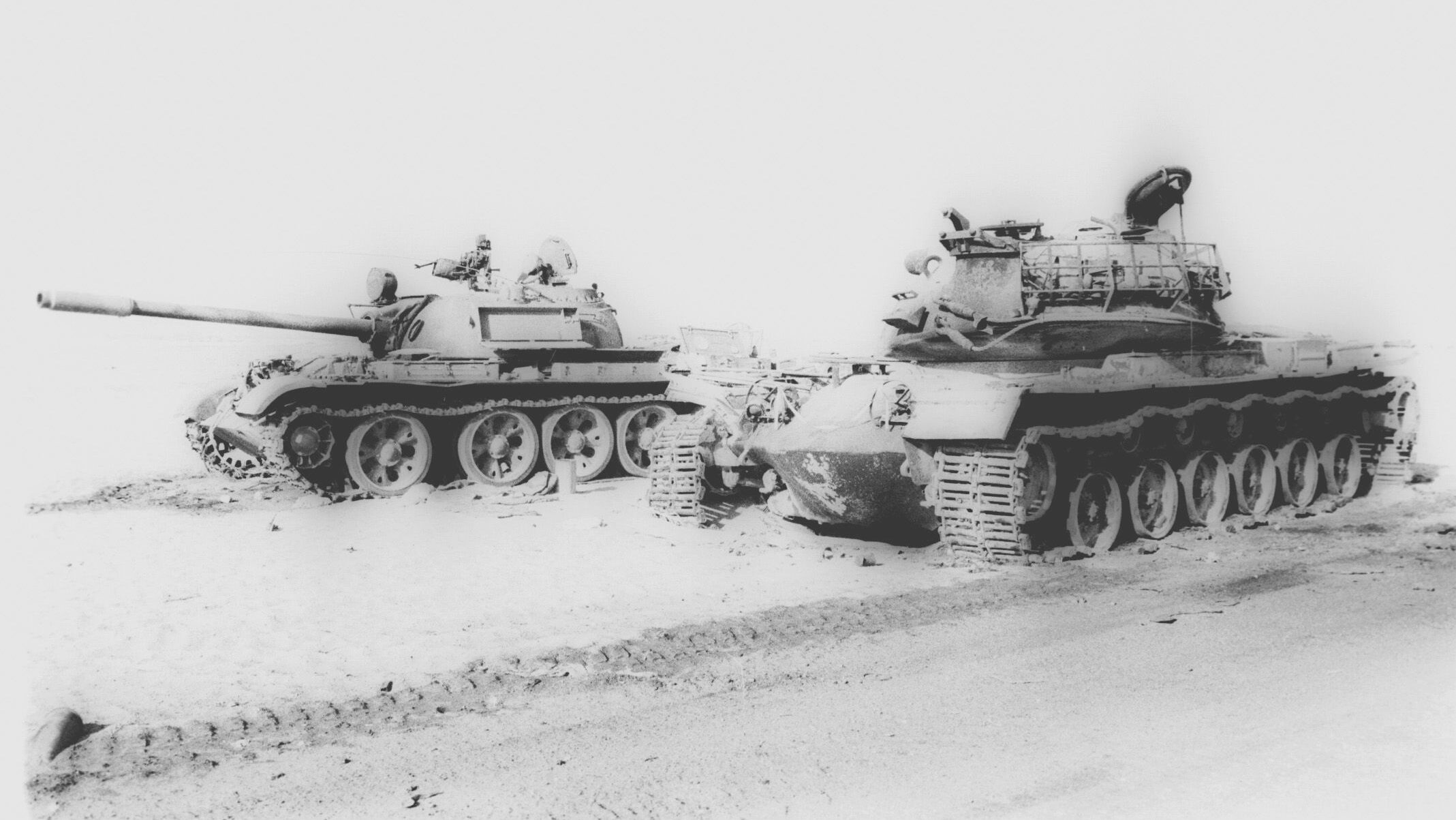
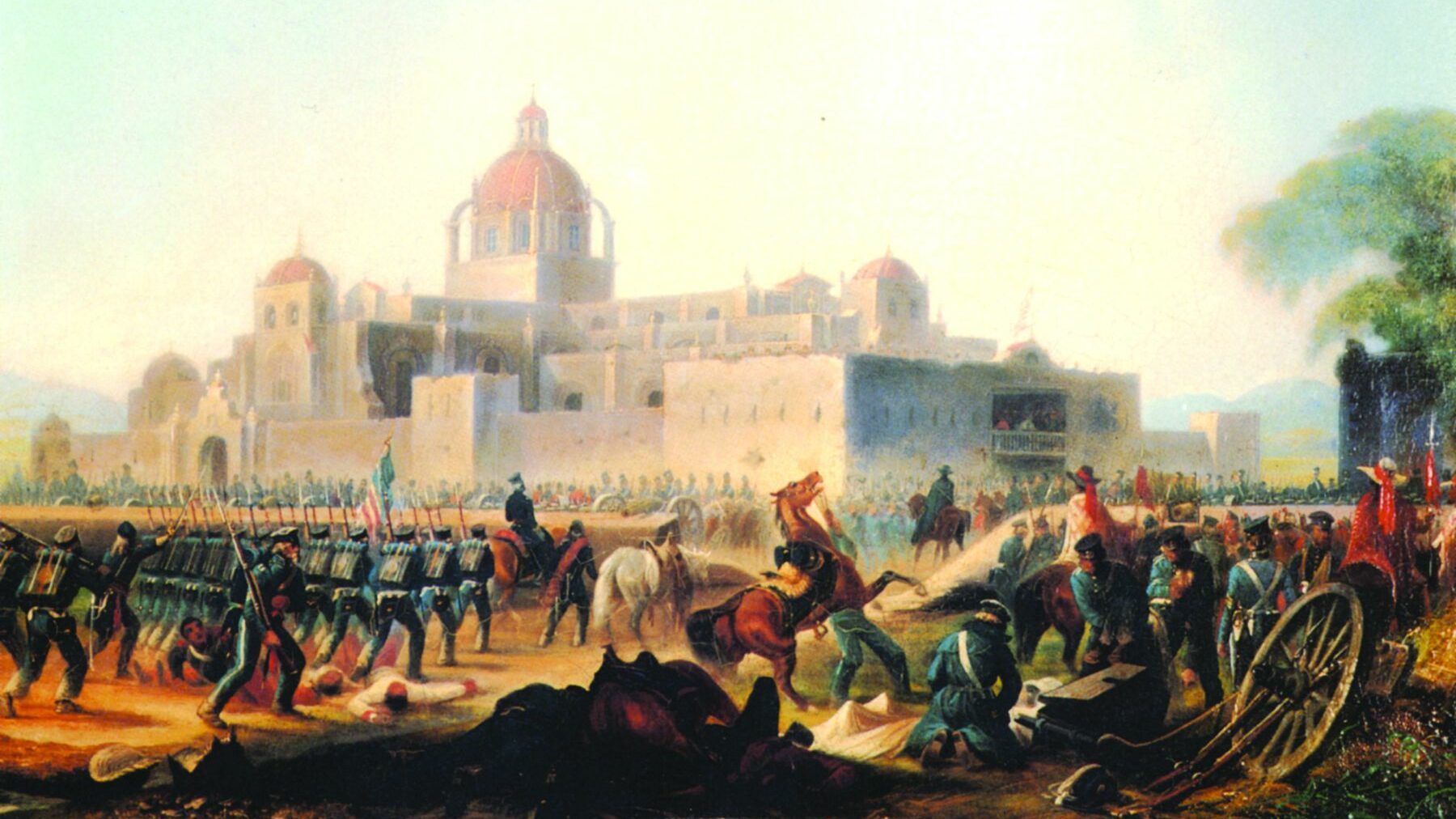

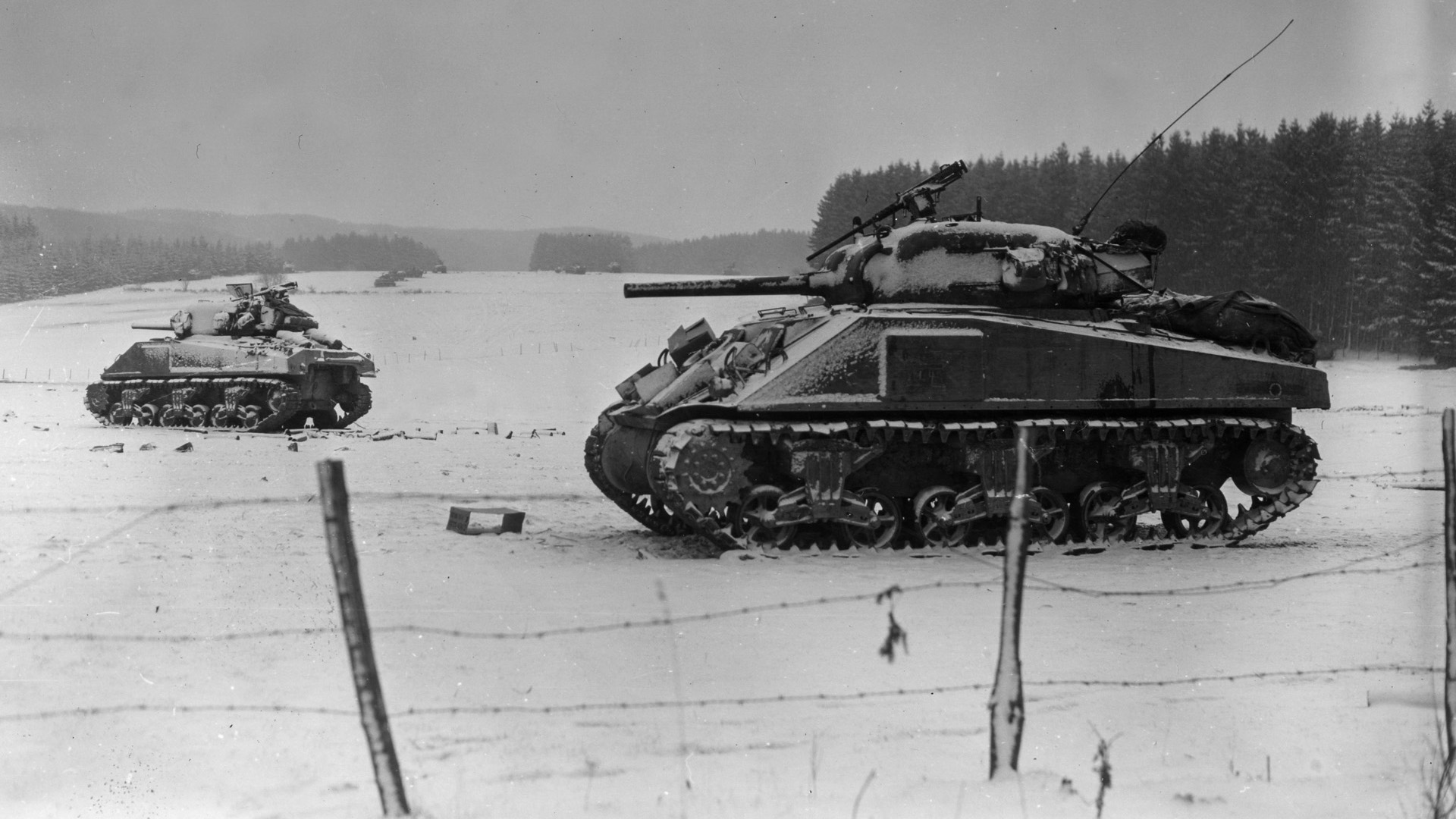
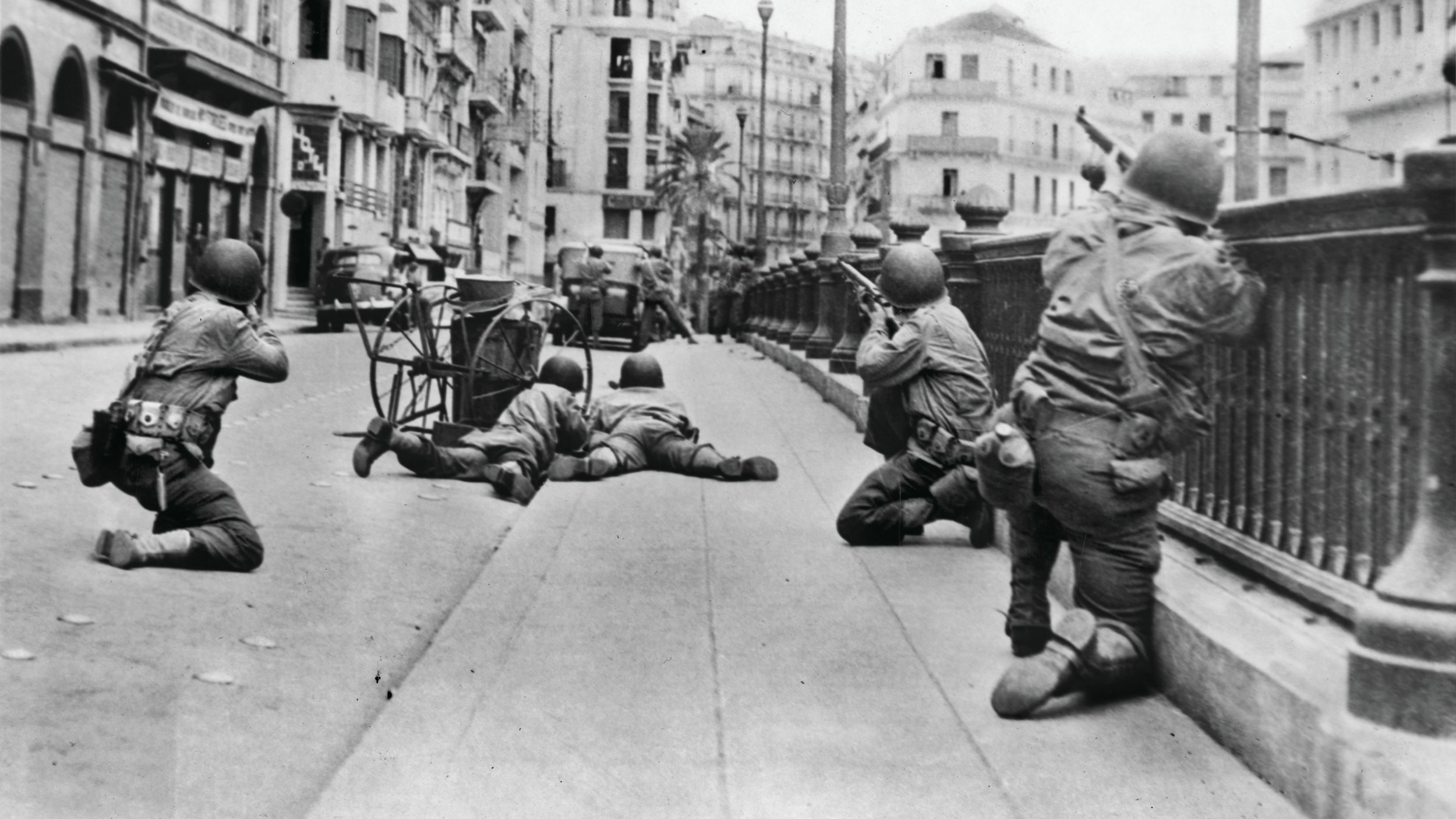
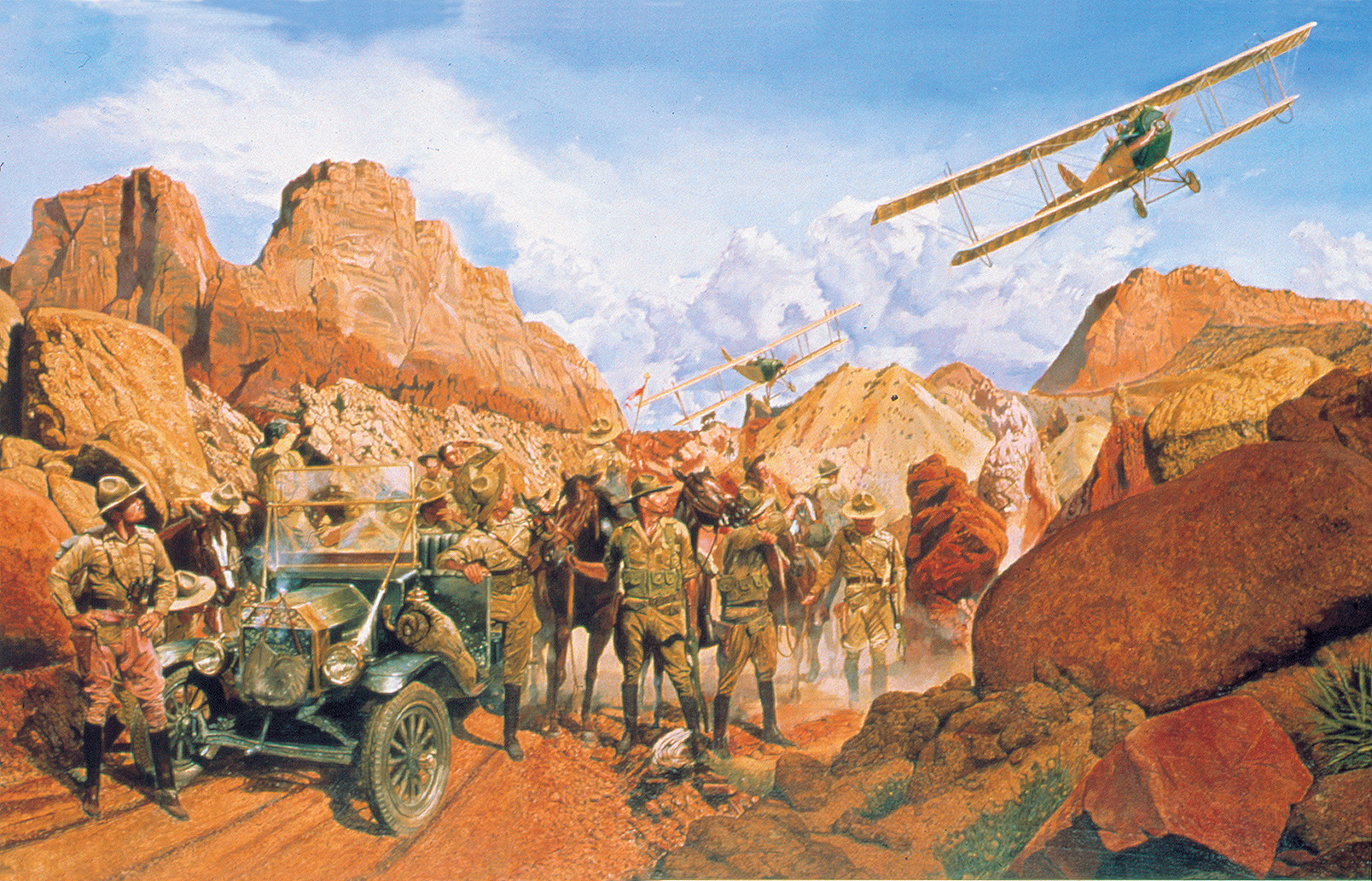
Join The Conversation
Comments
View All Comments